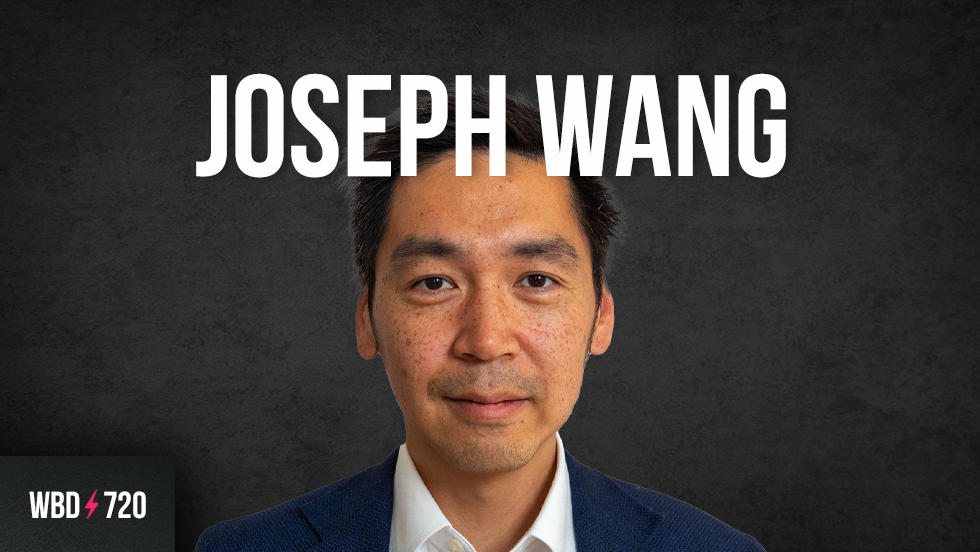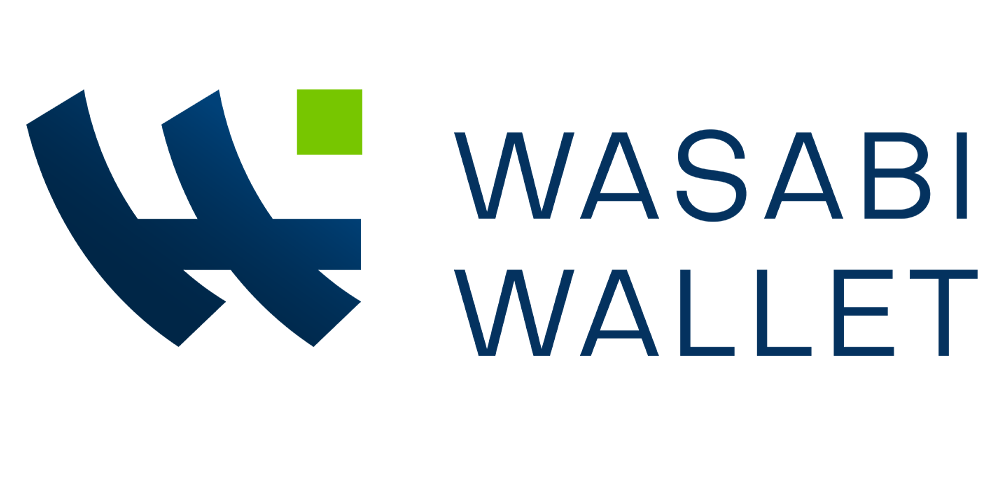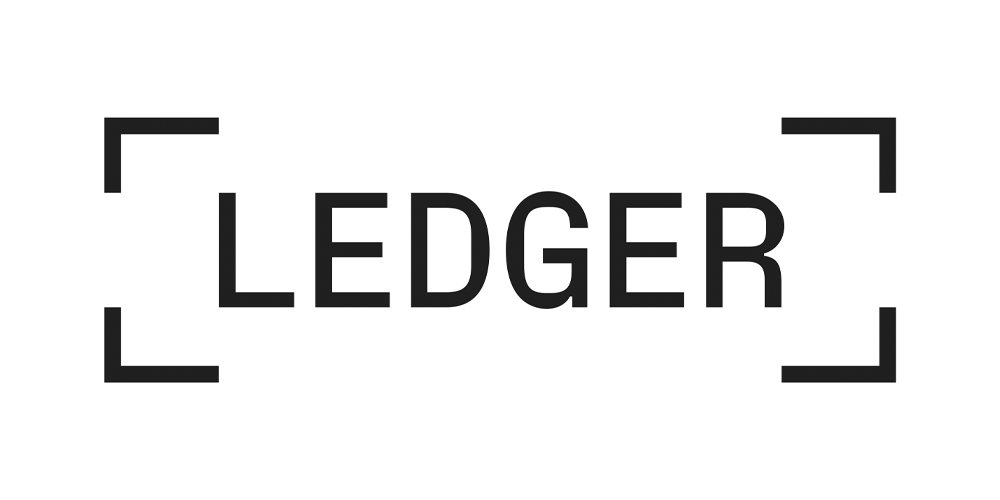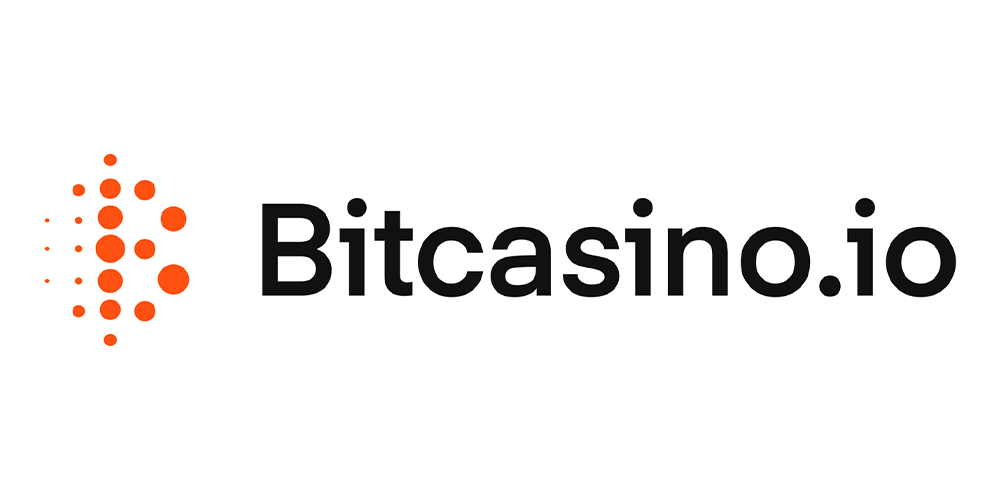How the Federal Reserve Works with Joseph Wang
Where to find the show
Download Episode MP3 File
The file will open in a new window. Click down arrow to download the file.
“When you have more political centralised control, there’s a lot more vulnerability to things like corruption and mismanagement and I think that’s where we’re headed; so, I’m actually quite pessimistic for the global economy for the next decade.”
SHOW DESCRIPTION
Joseph Wang is a former senior treasury trader at the Fed who now runs Fedguy.com, a research blog on financial markets. In this interview, we discuss his experience working on the Fed's treasury trading desk, the role of central banks and how this has expanded over time, the relationship between the Fed and the Treasury, quantitative easing, deficit spending, the growing national debt, and the benefits of decentralisation.
- - - -
The Federal Reserve is the United States Central Bank. Established in 1913 after a series of banking panics, its primary purpose was to provide a more stable and reliable banking system by regulating financial institutions, providing banking services to the government, and promoting financial stability. However, the Fed’s role has expanded over time to encompass market interventions in response to economic fluctuations and financial crises.
One crucial aspect of the Fed's remit is the implementation of monetary policy. Through tools such as open market operations, reserve requirements, and interest rate adjustments, the Fed seeks to control inflation, stabilise prices, and promote maximum employment. As the economy has become more complex, so has the Fed’s toolkit to address emerging challenges to include extreme actions such as becoming the lender of last resort and quantitative easing.
A popular criticism is that the Fed’s actions have materially affected the state’s increasing and unsustainable deficit and debt growth. Whilst the Fed does not have the power to directly increase or decrease deficits, it can indirectly contribute to deficits through its monetary policy actions. Regarding the national debt, the Fed currently owns significant amounts of U.S. government bonds, resulting from its efforts to stabilise the economy during times of crisis.
A more fundamental issue is the Fed’s potential role as the centralised authority in the control of money. CBDCs provide for the complete digitisation of money and the disintermediation of retail banks, which would provide the Fed with even more capacity to affect monetary policy. Despite the risks to personal sovereignty, such power would be too tempting for central bankers to forgo. Essentially, decentralisation is needed to keep the Fed in check. All roads lead to Bitcoin!
TIMESTAMPS
Coming Soon…
SUPPORT THE SHOW
If you enjoy The What Bitcoin Did Podcast you can help support the show by doing the following:
Become a Patron and join our Discord to get access to shows early or help contribute
Make a tip:
Subscribe on iTunes | Spotify | Stitcher | SoundCloud | YouTube | TuneIn | RSS Feed
Leave a review on iTunes
Share the show and episodes with your friends and family
Subscribe to the newsletter on my website
Follow me on Twitter Personal | Twitter Podcast | Instagram | Medium | YouTube
If you are interested in sponsoring the show, you can read more about that here or please feel free to drop me an email to discuss options.
SPONSORS
SHOW NOTES
Connect with Joseph:
On Twitter
On Fedguy.com
His Book
Mentioned in the interview:
Other Relevant WBD Podcasts:











